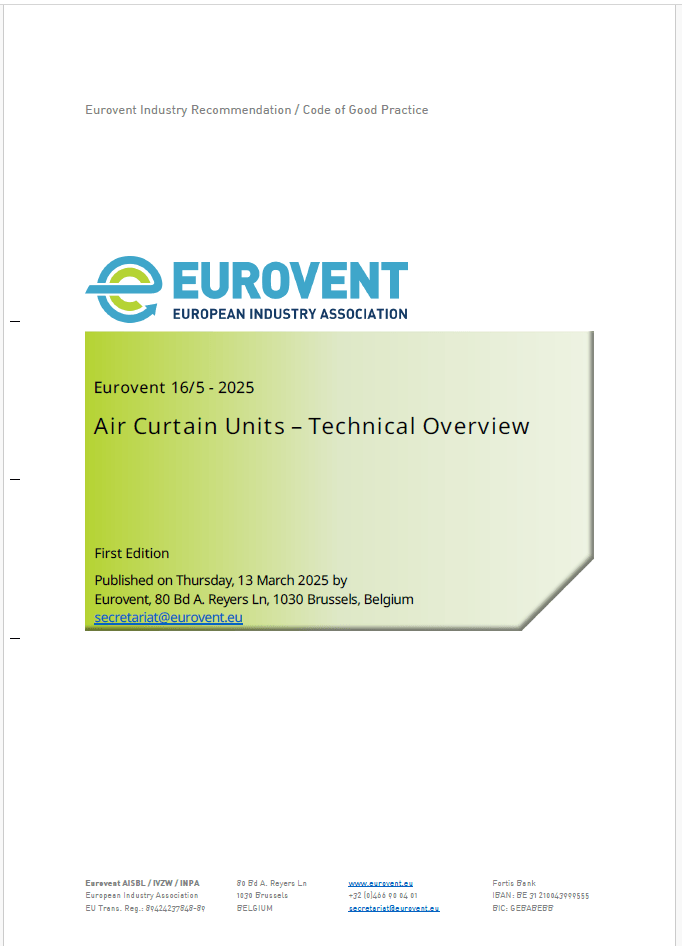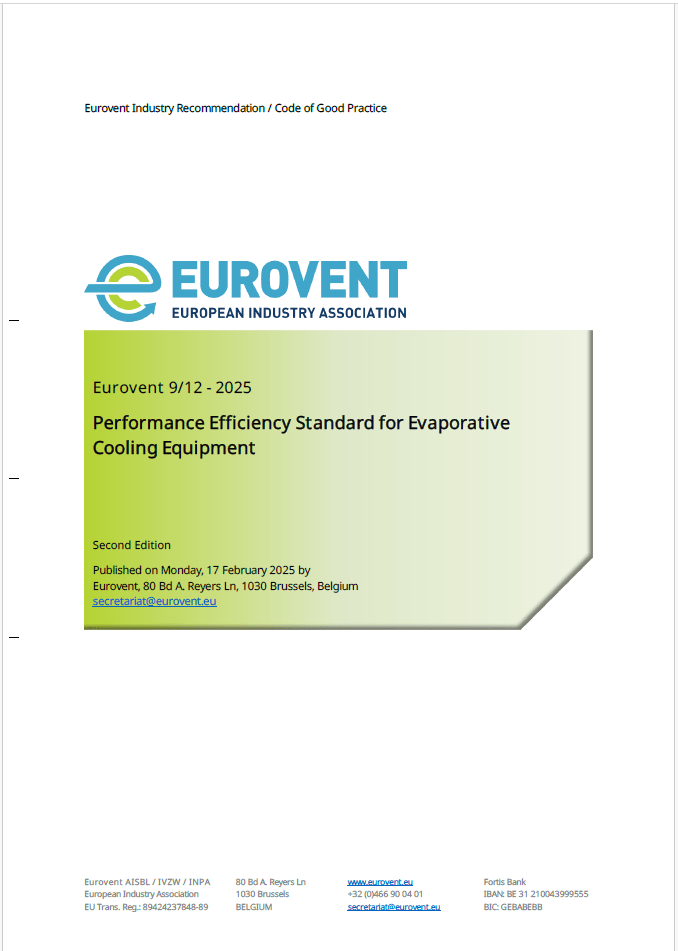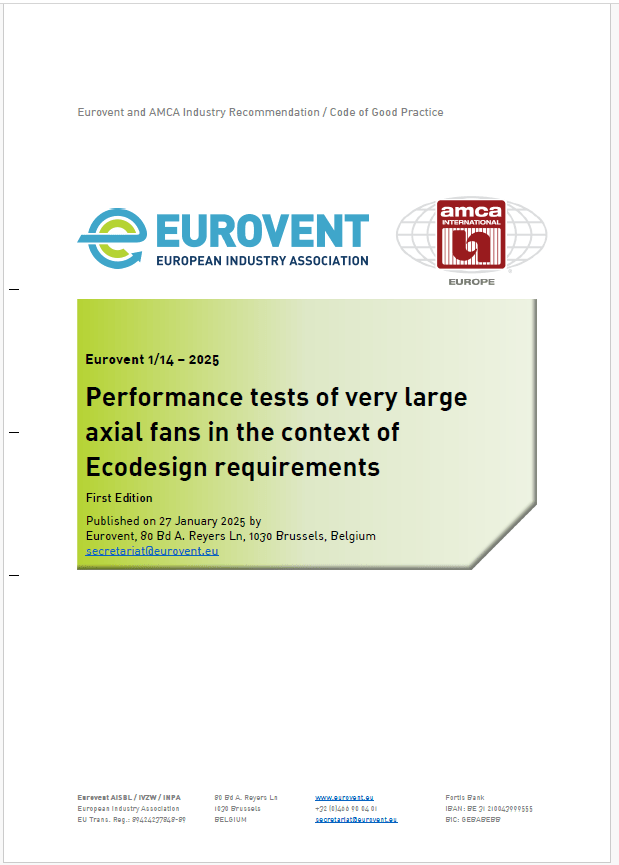With emission reduction targets looming, the HVACR industry should leave no stone unturned when it comes to retrofitting to unlock greater efficiencies. Experts discuss opportunities in the sector and the shift in attitude required to truly move away from cost-centric thinking.
*The discussions are from a panel discussion at Eurovent Middle East’s 5-year-anniversary Congress held from 13-14 September 2022. Eurovent Middle East would like to thank the participants for their valuable contribution.
Raising awareness on the cost of cheap
There is a wealth of retrofitting opportunities for cities in the Middle East – not only because the region is highly dependent on cooling and refrigeration for its very survival but also because many buildings operate from installed solutions that are a fruit of cost-centric thinking and cost-cutting methods.

To underline this, Marco Duarte, Member of the Board, Eurovent Middle East, provides an example of the energy savings that can be achieved from tackling fans alone in buildings. “Let us consider a hotel with around 300 rooms on average,” he explains. “If we have an FCU in each room, that means two fans in each room, that is already 600 fans. If they have AHUs, we can have up to 200 fans over there. If you add chillers and other applications, I think it is possible to have 1500 to 2000 fans, on average, per hotel.” If these fans are upgraded with energy-efficient models, Duarte says it can lead to 30-50% savings.
“It is about awareness,” Duarte stresses. “It is about paying for the quality that you want in your city. If you want the city to have the best rating in terms of energy and to also have good air to breathe, you need to pay for it.” Duarte says this sort of awareness is important to be passed on to building owners who need to understand the value of investing in quality products. Such awareness building, he says is important owing to contractors that often employ cost-cutting methods instead of following guidelines and specifications. It is time, he says to make selections, whether for fans or motors, that will be positive for the future of people and the environment as a whole.
The ROI
Duarte reiterates that investing in quality solutions is not only sustainable, but it is also financially sound. “We did some calculations regarding an average hotel with 1500 to 2000 fans,” he says. “If you pay around AED 5 million for all the fans and drives and sensors that you need to make it really successful, we found the return on investment at around three years – it is an easy equation.”

Henrique Pereira, Chief Executive Officer, Taka Solutions is in firm agreement. “I think it is harder for us to find a project where the feasibility is not there,” he says. “Because the level of inefficiencies is high, the savings are quite high. For us, this is not cherry picking, but aggregating as much possible actions as we can in one single ESCO project retrofit that can achieve the maximum savings that is feasible to the customer.” All this, Pereira says, is part of a process. “Saving is important, but ensuring the project is accepted is also important. If we achieve 95% savings on a project that will never be executed, compared to if we save 20% on a project that is there.”
Always new opportunities
Pereira adds that there is always new opportunities to achieve savings from retrofits, especially as new products and innovations enter the market to make more projects more feasible. “Ours is a continuous journey of always trying to pull one kilowatt hour more that we can take out of the bill into the savings,” he says.

Carlos Amaya, Senior Specialist Demand Side Management Abu Dhabi Department of Energy, shares his experience from retrofit efforts in Abu Dhabi. “It is seven buildings where we implemented a lot of ICBMs, and there are shared savings models to test how it worked. And it is been very successful. We go through measurement verification every month, and the schools get paid from their share monthly. The payback period, he adds, is less than 5 years. We have demonstrated there is much potential, and we know moving forward, we will be doing the same for all the government entities, schools, health facilities, and government buildings. I do see that we and energy services companies are now taking on board lessons learned and implemented in other projects.”
Amaya says that although there is a government mandate for retrofits within government buildings, as part of the DSM Strategy from the Executive Council, they are also developing an ESCO accreditation scheme to ensure the capability of companies coming into the market in Abu Dhabi have the right capability and financial stability to do the work for the private sector. “Once that is established and proven at the government level, that will incentivise the private sector going forward,” he says. “But the potential in government itself is hundreds of buildings that we need to do over the next 10 to 20 years.”
Training to accelerate retrofits

For Frank Grundholm, Board Member, Eurovent Middle East, there is a need for both training and technology that will help identify areas where these savings can be achieved. “We have seen examples from before about indoor air quality and how poorly some of our installations are maintained,” he says. “It is not because people do not want to. It is because they are unaware. So, it is a mixture of having more data on what the operational condition of our buildings is, as well as training the people that actually need to maintain it. That way, we can more efficiently use our resources, and we can also get higher energy efficiency because, as was also said earlier, energy efficiency also relies a lot on the maintenance of the equipment in the building.”
Amaya also spoke on the importance of capacity building, discussing how QCC is in charge of developing personnel certification schemes, which focuses on ensuring the proper operation and maintenance. He adds that governments, including Abu Dhabi and Dubai, need to consider energy efficiency in their future capacity plans, and collaboration and discussions within the different forums are key.
Three wishes for governments

To wrap up the discussion, Markus Lattner, Managing Director, Eurovent Middle East asks the panellists to share what they wish the government would pay closer attention to.
Duarte says: “I would wish for the regulators to work more together with associations like the ones we have here. Eurovent is working on a document to inform and advise people on the benefits of direct-driven fans. In Europe, it is not a question anymore for a long time, and when I hear leading companies here in the Middle East talking about belt-driven fans or low quality air filters – we are not going anywhere. We should have regulations, and we should have these bodies sitting with people that want this to move forward.
Although, as manufacturers, we may be competitors in the sales arena, like a football game. In truth, we are partners in having this type of discussion because if we really want this country, the UAE, and what I call a second home, to be truly state of the art in terms of efficiency, we need to demonstrate it with more than just words but also by investing in quality products.”
Grundholm says: “A key issue that deserves greater attention is power quality. We have all promoted a lot of variable speed in the buildings, but every variable speed equipment is using rectifiers, which means there is electrical noise generated which loads the building infrastructure and if there is no filtering on that electrical noise, that load can actually be equivalent of 130% the actual load current. It overloads the cables, it overloads the transformer, but it also means that the power utility has to produce 130% power to deliver 100%. So, we are not using our energy more as efficiently as we should. I really believe there is a need for some kind of push from the authorities to have more measurement of the actual power quality performance of buildings, right now it is only the displacement power factor but the electrical noise aspect of that is not taken into account, and that is a miss and it loads our power infrastructure.
Lastly, Pereira says: “I am going to wish for energy efficiency to stop being an option and become a regulatory obligation that everyone in this country or the world, I would say, needs to abide by. I think we have seen a lot of great initiatives, great targets, and ambitious targets set. I think we are still lagging on the regulatory component that actually makes this requirement. So, we should not allow any existing building to not undergo a feasibility assessment for an energy retrofit. I am not talking about doing it. I am just saying assess if it is feasible to do it, and if it is within a certain range, then you are mandated to do it within a certain number of years. Such efforts have no drawbacks. It is a positive move for the building owner because it will improve the quality and the value of their asset and reduce their energy usage. It is positive for the occupants, as we heard in a lot of different aspects. It is positive for the industry, and it is positive for the country.”


















